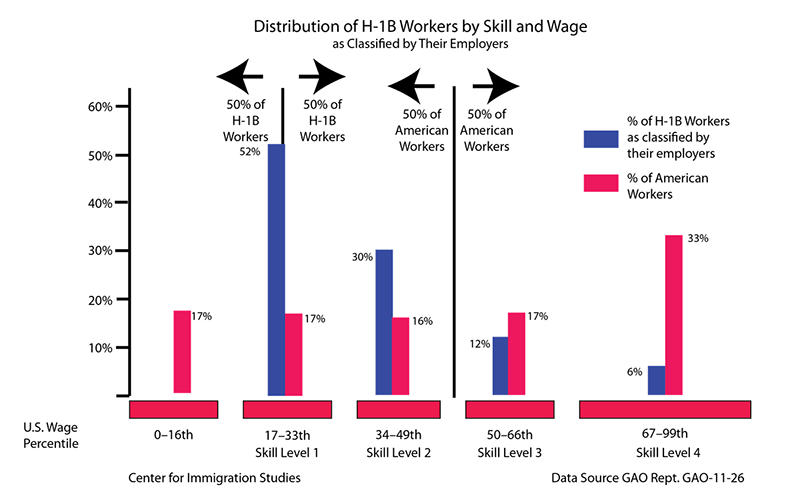Every day from the election until the day before Thanksgiving, someone in the media called and asked me if the Trump team had contacted me. The answer was and still is "no." I have no idea what is going on in the Trump transition.
On the flip side, I do keep in touch with many technology workers. My sense of their post-election mood is guarded optimism. There is still great hope that President Trump will do right.
One of the most positive signs was Trump's call to the president of Carrier. A president has enormous moral authority and it was a good thing to see the future president using it to the benefit of Americans for a change.
Just image if Obama had called up Disney CEO Bob Iger after news broke that he was replacing hundred of Americans with foreign workers and said something like this: "Hey Bob. I cannot have you as an economic advisor and visiting the White House if you are going to be doing stuff like this." I bet a lot of those former Disney workers would be current Disney workers. Sadly, the current president has never had any concern about American workers and did not lift a finger to help.
On the other hand, the Disney workers who actively campaigned for Trump thought they got a finger in the eye when Trump invited Bob Iger to come to the White House next year.
There also has been some grumbling over Trump meeting with open-borders technology industry CEOs. Cooler heads realize that Trump needs to work with these folks and saw no real harm. However, Trump could have smoothed things over by having a similar meeting with technology workers (who put helped put him in office).
Apparently at the tech CEO meeting, Microsoft's Satya Nadella raised this issue of H-1B. It is reported that he claimed H-1B was needed to bring in top "talent."
I found Nadella's comment humorous. I have worked with H-1B programmers for decades and "talent" was never a word came to mind to describe them. Government data backs me up on this.
The H-1B visa program has a four-level, "skill-based" prevailing wage system. The employer picks the skill of the worker and has to pay a corresponding "prevailing wage." The higher the worker's skill, the higher the wage to be paid is. Here is a chart that shows where H-1B workers fall skill-wise compared to Americans in the same occupation and location.

The X axis is divided into five ranges of American wage percentiles. The upper four groups correspond to H-1B skill levels. The lowest group has no H-1B skill level associated with it so no H-1B workers fall within this group.
The Y axis shows the percentage of H-1B workers and American workers (for comparison) that fall in each group. The percentile assignments are by occupation and location. Because the X axis divisions are by U.S. wage percentiles, the vertical bars for American workers are the same length as the horizontal bar below.
The chart also includes dividing lines that break both H-1B workers and American workers in half (the median wage for each).
Employers only classify 6 percent of H-1B workers at the highest skill level (that 33 percent of Americans fall into by wage).
If a company wanted to hire a Computer Research Scientist in Silicon Valley, the average wage would be $154,170 (Skill Level 3). If the company claims the H-1B worker is at the lowest skill level, it only has to pay $94,536. Employers claim most H-1B workers are in this category.
H-1B workers are "highly-skilled" and "talent" when employers argue for more of them. But those very same workers become low-skilled when it comes time to pay them. Funny how that works, isn't it?
